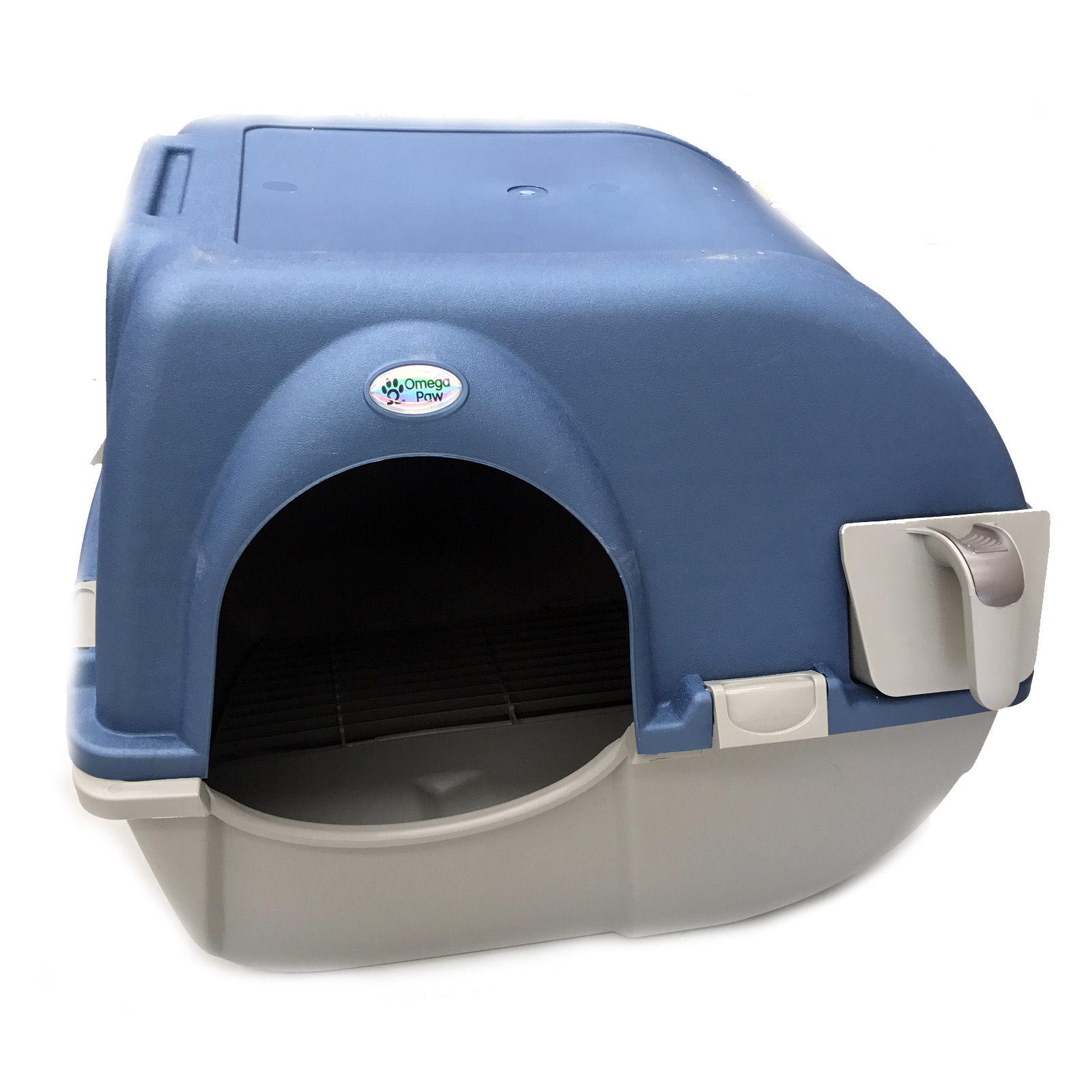

Once odors are under control, the other thing cat owners might worry about is the unsightliness of the litter box itself. They might end up absorbing cat odors! Ideas for Hiding Your Cat’s Litter Box Be careful if you hang clothes in your laundry room, because Carpet, furniture, pillows and curtains can allĪbsorb cat odors. You might also consider buying a litter box that includesīox in the bathroom or a laundry room, away from things like carpet or furniture A covered litter box traps many of the odors that escape Many air fresheners on the market trap airborne particles containing odors and reduce them on contact.īox with a lid. Use an odor eliminating air freshener in between each usage.

Combining a quality cat litter and baking sodaģ. Then add kitty litter, another layer of baking Related Article: 3 Reasons Why Cats Hate Water (And Why Some Like it!) At least once weekly empty all the litter, clean the litter box itself, and refill with fresh litter. Often times, irregular bathroom habits can be the first sign of illness. It also enables you to keep an eye on your pet’s health. It can be time-consuming but cleaning your cat’s litter box regularly is a sure way to prevent odors and keep waste from building up. Below are some useful tips on concealing both the smell and the appearance of an indoor litter box.ġ. Maintaining the litterbox to reduce smells and keep your home clean and comfortable for its two-legged inhabitants as well as your furry feline is another challenge. Of course, litter box training a new cat is only half of the job. 5 Tips for Dealing with Litter Box Smells

It is also recommended that you have one litter box per cat to ensure that a box is always available. Having multiple litter boxes will ensure that your kitten can get to a litter box in a timely manner.
#EASY CAT LITTER BOX FREE#
In the beginning, you may want to confine your kitty to one room until they get used to using the litter box before giving them free rein of the house.Įventually, you’ll want to put a litter box on each level of your home. If you notice your kitten scratching the floor or displaying other signs that it may need to relieve himself, place him in the litter box immediately. To ensure proper cat health care and limit accidents, it’s a good idea to put your kitten in the litter box after it has been sleeping, eating, or playing. Once the kitten is trained you can fully clean the litter box as necessary. When training a kitten, leave a small amount of urine and feces in the litter box so that the kitten can smell it and associate the box with going to the bathroom. You may need to experiment with different kinds of litter to find one your feline likes and will use. Clumping litter is the preferred type of litter to use as it tends to make cleanup easier.
#EASY CAT LITTER BOX HOW TO#
How to Train Your Kitten to Use a Litter BoxĪ litter box should be placed in a quiet area of your home. 1 If you have trouble getting your kitten to use its litter box, talk to your veterinarian to ensure your cat is in good pet health. Cats are tidy animals and they possess a strong instinct to bury their waste. The good news is getting a cat to use a litter box typically isn’t difficult. Ideally, you should introduce your kitten to a litter box on the day you bring them home. When Should You Start Litter-Training a Kitten? In this article will find tips to help your cat get started using a litter box and give you some great ideas on dealing with some of the more unpleasant aspects of keeping your cat’s litter box clean. But unless you want your joy to turn to aggravation, you’ll need to get your adorable ball of fluff litter-trained sooner rather than later. Bringing home a new kitten is a memorable and exciting occasion in the life of any cat lover.


 0 kommentar(er)
0 kommentar(er)
